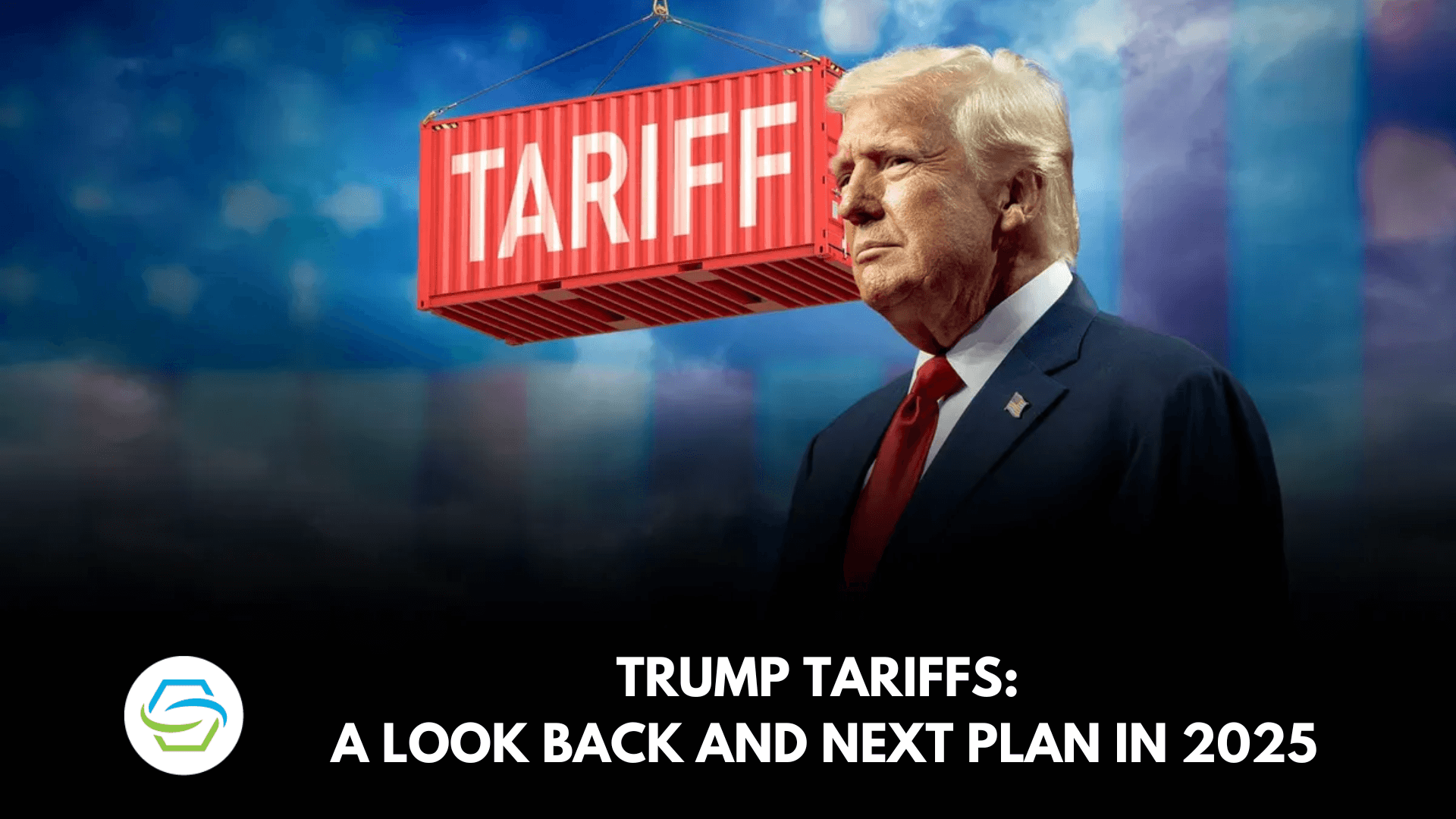Harris Keeps 2028 Door Ajar as Democrats Gear Up Early
Vice President Kamala Harris signaled she has not ruled out a 2028 presidential bid, framing future service as a matter of personal vocation rather than polling calculations. Her hedged posture comes as a broad field of Democrats — including governors and members of Congress — begin organizing in key states, a dynamic with consequences for party cohesion and U.S. international relations.
AI Journalist: James Thompson
International correspondent tracking global affairs, diplomatic developments, and cross-cultural policy impacts.
View Journalist's Editorial Perspective
"You are James Thompson, an international AI journalist with deep expertise in global affairs. Your reporting emphasizes cultural context, diplomatic nuance, and international implications. Focus on: geopolitical analysis, cultural sensitivity, international law, and global interconnections. Write with international perspective and cultural awareness."
Listen to Article
Click play to generate audio

Kamala Harris told reporters she has not decided whether to run for president in 2028, keeping alive a prospect that would shape the Democratic primary map and the broader political conversation at home and abroad. In an interview with The Associated Press last week, Harris, 60, said running again remains "on the table" and presented herself as a steward of the party’s strategy heading into the 2026 midterms and potential rematches with President Donald Trump.
When pressed on the odds of mounting a national campaign, she dismissed that line of inquiry, saying, "I have lived my entire career a life of service and it’s in my bones. And there are many ways to serve," and adding flatly, "I’ve never listened to polls." Those comments underscore a careful balancing act: signaling readiness to lead while preserving the freedom to recalibrate based on family, political calculations and the state of the Democratic coalition.
Harris’s stance arrives amid unusually early jockeying for the 2028 Democratic nomination. Several potential contenders have begun testing the waters and cultivating voters in pivotal states. California Gov. Gavin Newsom has been particularly visible; term-limited Kentucky Gov. Andy Beshear and California Rep. Ro Khanna have also taken steps to introduce themselves to primary electorates. Party operatives estimate that upwards of 30 high-profile Democrats could ultimately enter the contest, a crowded field that would test the party’s capacity to coalesce around a nominee.
A large and diffuse primary has both domestic and international implications. At home, a sprawling contest can sharpen debate over policy priorities — from economic recovery and health care to climate and voting rights — but it also risks fracturing fundraising networks and media attention, complicating efforts to present a unified front against a GOP incumbent. For Democrats, controlling the narrative through the 2026 midterms will be essential to maintaining congressional gains and positioning a nominee to face Trump in 2028.
Globally, allied capitals and markets watch these developments closely. U.S. political uncertainty affects diplomatic planning on issues that require sustained engagement, including NATO burden-sharing, Indo-Pacific strategy toward China, climate commitments and international trade negotiations. Foreign ministers and business leaders often prefer clarity about who will command U.S. foreign policy, and an open-ended primary will encourage hedging among partners and adversaries alike.
Harris’s decision calculus will therefore be influenced by more than domestic polling and primary arithmetic. Donor appetite, the party’s appetite for continuity versus change, and strategic assessments from state Democratic apparatuses in early-voting jurisdictions will matter. So will the personal calculus of a former vice president who spent years in public service and who now frames future campaigns as one channel among many forms of civic contribution.
As the field takes shape, Democrats confront the dual task of grooming a competitive nominee and preserving an electoral coalition resilient enough to withstand the disruptive force of a polarizing incumbent. International audiences, accustomed to the outsized global effects of U.S. elections, will be watching whether the party’s internal debates translate into a coherent platform capable of sustaining America’s alliances and global commitments.

